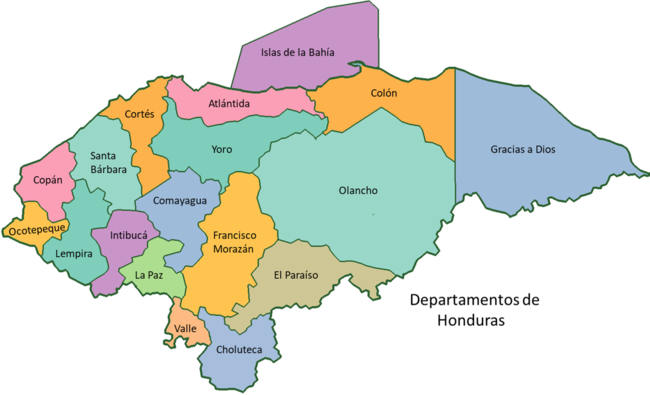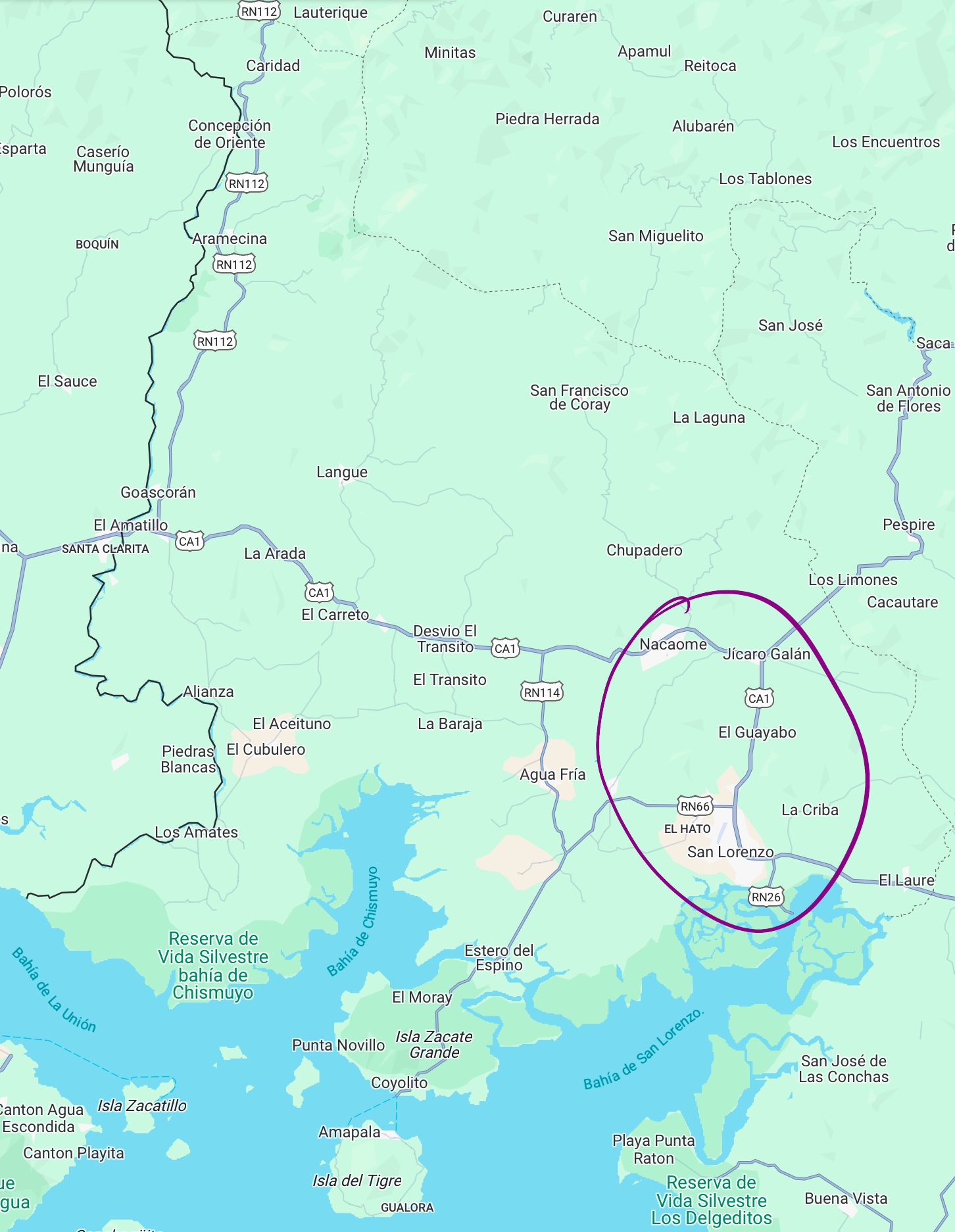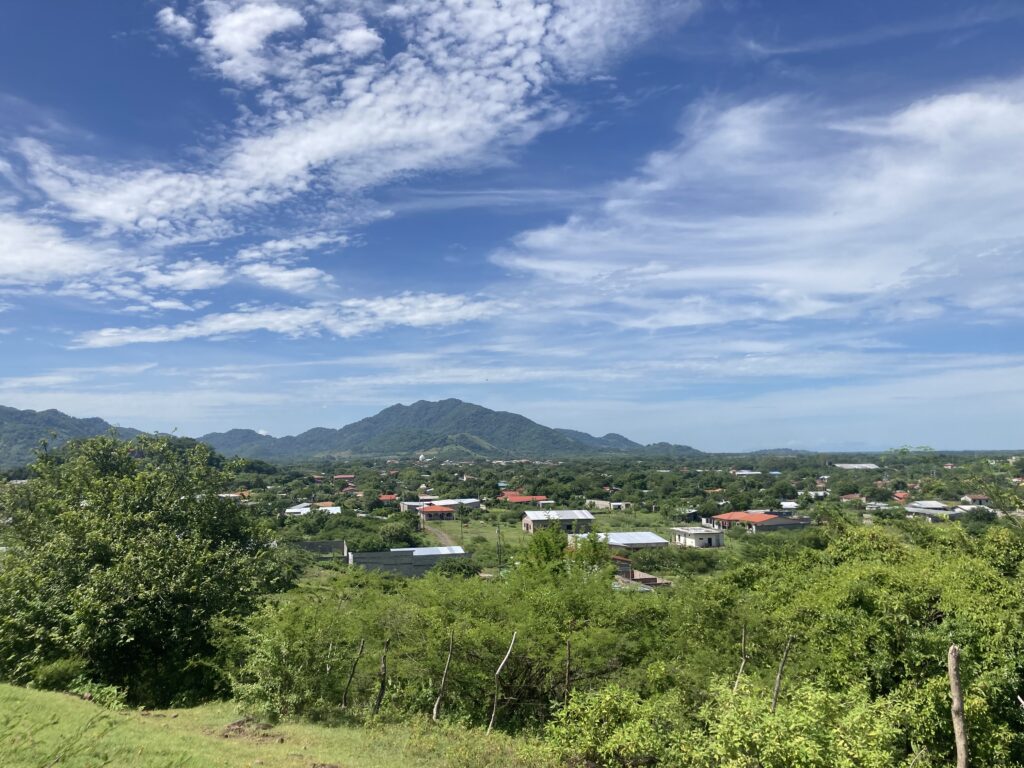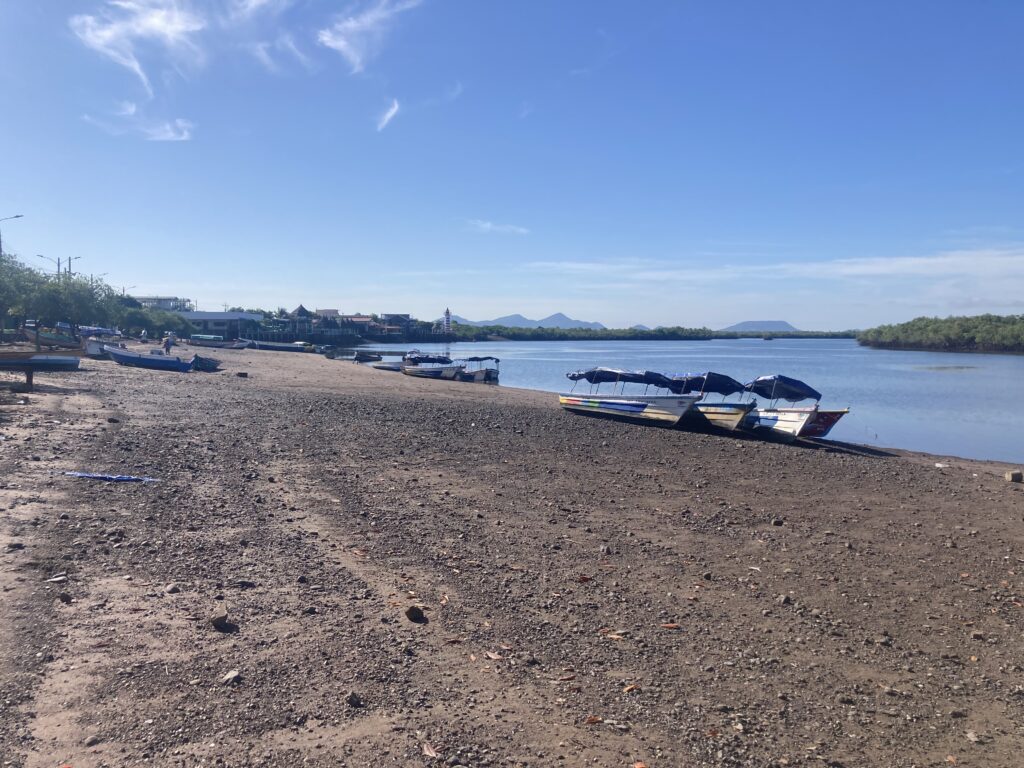Information about Valle, Honduras
Honduras in 18 Departments
Honduras as a country is divided in Departments instead of States or Provinces. If you look in the south of the country on this map you will see Valle and Choluteca.
Valle borders El Salvador on the west and the Pacific Ocean in the Gulf of Fonseca on the south. Although Choluteca also has a coastline on the south, the important port of San Lorenzo is in Valle, connected by the canal seco (dry canal) to Puerto Cortés in the north.


Geography of Valle, Honduras
The Department of Valle is subdivided into 9 municipios (municipalities) akin to counties, each carrying the name of the city which holds the seat of the municipality. The capital of Valle is Nacaome while San Lorenzo is vital to the country as an important port and El Amatillo is the point of entry from El Salvador.
My primary focus at this time is the city of Nacaome, but as I believe I’m the only non-Mormon missionary in the entire department I would love for the ministry to expand throughout the municipality and to San Lorenzo and then to the rest of Valle.

Nacaome, Valle
Nacaome, nicknamed la novia del sol (the sun’s girlfriend) is a city of about 60,000 and considered the hottest place in all of Honduras. The municipality covers about 230 square miles and includes 10 villages and 217 caseríos (hamlets). Founded in 1535, the name, of Náhuatl origin, makes reference to the historical union of two pre-Colombian tribes.
Nacaome is the capital of the Department of Valle and is positioned along the section of the Panamerican highway that forms part of the canal seco between San Lorenzo and the northern port city of Puerto Cortés.
The city also houses the southern regional campus of the Universidad Pedagógica Nacional Francisco Morazán where the vast majority of teachers in Honduras are trained with a heavy emphasis at this campus on English.

San Lorenzo, Valle
San Lorenzo, with a population of about 50,000 is a bit more spread out than Nacaome, along the coastline protected my large mangrove forests. This municipality covers about 65 square miles, including 10 villages and 54 caseríos. San Lorenzo, beyond tourism, is known for the production of shrimp with several camaroneras throughout the area.
The large port just outside of the city is a vital piece of infrastructure for the country and there is a constant presence of international sailors in the city. It also serves as a stopping point for anyone traveling along the Panamerican highway or to the beaches out in Choluteca or Amapala.